
När systrarna Nisrine och Abir Boukhari grundade All Art Now i Damaskus i Syrien 2005, så var det den första utställningsplatsen för samtida konst i staden. De drev ett hängivet utställningsprogram fram till 2012, då situationen blev för svår på grund av kriget. Sedan dess har lokalerna fungerat som flyktingförläggning, medan utställningsprogrammet har blivit nomadiskt och äger rum på olika platser runt om i världen.
Nisrine Boukharis konstnärliga praktik präglas av en nomadisk komplexitet, bade i termer av den faktiska situationen i Syrien och i termer av dess egna intressen och implikationer. Under den tid då hon levde och verkade i Damaskus undersökte hon stadens «psychogeography», och efter att hon tvingats på flykt 2012, så har hennes arbete kretsat kring frågor om nomadism och tillhörighet, och om hur det är möjligt att förhålla sig till förlusten av en stad när staden verkar ha förlorat sig själv.
Nisrine Boukhari har tagit en paus från sina praktikbaserade PhD-studier i Wien, och spenderat hösten på IASPIS i Stockholm. Hennes utställning Wanderism is a State of Mind öppnar på Bildmuseet i Umeå på Söndag. Kunstkritikk träffade Boukhari , och ställde några frågor om hennes arbete och den kommande utställningen.
*

Let’s start in the present: what are you working on?
My ongoing artistic research is on something I call «wanderism», and lately I’ve been working on a manifesto in the form of fragmented thoughts on paper. The manifesto will be spread out in the space, and the visitors will be invited to participate in a creative reading process, re-collecting papers, reorganizing and creating a new order out of the material. There will be endless possibilities for reading the text, wandering in the mind between papers and fragmented phrases. People will be choreographed in the space, wandering between the pages, looking for something without having a previous aim of finding a specific thing.
Tell us about the show at Bildmuseet.
In the exhibition Wanderism as a State of Mind in Umeå, I will present the work described above, Wanderism, as well as another piece called The Map is Not the Territory, which is a two-channel video installation. On the first screen, thin lines, reminding of nerves, are drawn on an arm, and on the other screen, these lines are removed. A fragmented, synchronized text appears on both screens.
What is at stake for you in writing such a manifesto?
It is a declaration of the wanderer as an existing persona, as a necessity in a world of denial and prolongation of inherited, unsolved problems in a time of global collapse. I see the concept of «state» as a perplexed entity. The wanderer comes out of an identity conflict, which challenges the traditional idea of a state by announcing «state» as a situation, as a «state of mind», which in turn could play an alternative role for those who don’t fit in any place, except in their mind.
In A Letter Between Two Cities you write letters to Damascus, in which the city becomes something of a being that needs to be given a voice. Could you talk a bit about this work?
The work is a long-term project where fictional letters are sent between Damascus and another city in the world, each time to the place where I am currently living. The work has been presented as a video, or a video installation, depending on the subject.
https://vimeo.com/58510798
I conduct research on a conflict in a particular city’s history, and then write a conceptual text overlapping what was happening in that city with the current history of the ongoing war in Damascus. It becomes a poetic archive where the city is humanized and embodied as someone speaking to an empathic friend, sharing events, love, life and sorrow, expecting things that might happen, or drawing an illusory thought from a voice travelling from the past to the present day.
When we leave our city or country, we carry these places within us. Long before cartography, people have been describing places, and these descriptions have been ways of perceiving a place, living it, and interacting with it. When I left Damascus, I felt that I lost something bigger than the loss of a person. It was harder than breaking up with a lover. I felt this loss badly when I moved without having the will to move; I left and have not come back since…
When we spoke about doing this interview you mentioned that since you left Damascus it is not only you who are displaced, but also the city, which somehow lost itself in the war. What is this displacement?
Let me use the word wandering, instead of displacement. Displacement for me refers to the physical aspect of the word. But when I say that the city wanders, I refer to a mental situation. This is the way I see the city and the immaterial perception of it, caused by tragic circumstances and events.

Both in the works described above and in your PhD project, your research deals with this specific term, «wanderism», and it keeps recurring in your answers. Can you develop what you mean?
Wanderism is the temptation for being lost the mesmerizing act of not remaining in one place forever. Wanderism is using the methodology of psychogeography in different manners: proclaiming the point of view of those who have strayed and wandered, not in the way they walk in cities, but in life too, while they werein need of an official representation of the self. In a world governed by striated order, they didn’t have the equal representation in order to claim their justice. Therefore, the wanderer is as a process-based revolutionary proclaiming a rhizomatic order. This world in-between is connected, not fixed at any point. It doesn’t aim to be fixed, but to create possibilities and to use potentialities of a new world in the process of becoming.
I associate the term with the figure of the «wandering Jew» and Roma – or «travelers» as certain Roma populations are called. They are bound to a dual constraint of forced movement, not being allowed to settle down, and simultaneously looked down upon for their nomadic existence. Is the «wanderer» in your sense such an exposed position, or is it rather connected to ideas of the flâneur or the Situationist’s dérive?
The wanderer is not living nomadically in the physical sense, even if he or she is connected to the concept of movement. But movement happens in multiple ways, most of them being led by the wanderer’s mind. It is not necessarily a physical movement, but rather an intellectual one. My wanderer is not like the «wandering Jew», since he or she is not based on any religious belief or identity. It´s a position completely free of guilt and debt. Nor is the wanderer a flâneur, not only because he or she experienced a certain crisis that forced this way of life, but also because he or she is using psychogeography as a methodology.
Can you relate this to the contemporary situation of migrant movements?

The concept of wanderism might be relevant for some of those who are affected or have been traumatized by different events. When we look to our world today, with all the differences and the nuances, the same problems appear again and again, just deeper in certain places of the world: the identity problem, the notion of borders, the need of a safe place, the right to the land, and the application of a settled system in a world of liquefied movement … I think there are many things that have been vibrated or changed, much faster than our understanding of it.
When one leaves one’s city or country without a clear prospect of when or how one could return, one has to find a way to keep on going, since life cannot be put on hold. Waiting was also the topic of I Will Never Get Used to Wait at Hangmen Projects in Stockholm, curated by your sister Abir Boukhari earlier this fall. You participated in the exhibition, and waiting has also become a theme within your practice. What does this notion of waiting mean for you as an artist?
If we are born at point A, and we know that sooner or later we are going to die at point B, that means the path was already created and we are waiting in between. But during this waiting, we are completely free. On the way, we want to pass over this bridge, do whatever we want, and there are many possibilities we can use, even if we are forced to move because of specific circumstances. Even then we are free to wander.
What will happen next? (In terms of projects, exhibitions etc.)
Let us continue the walk and we’ll see what we will come up with.

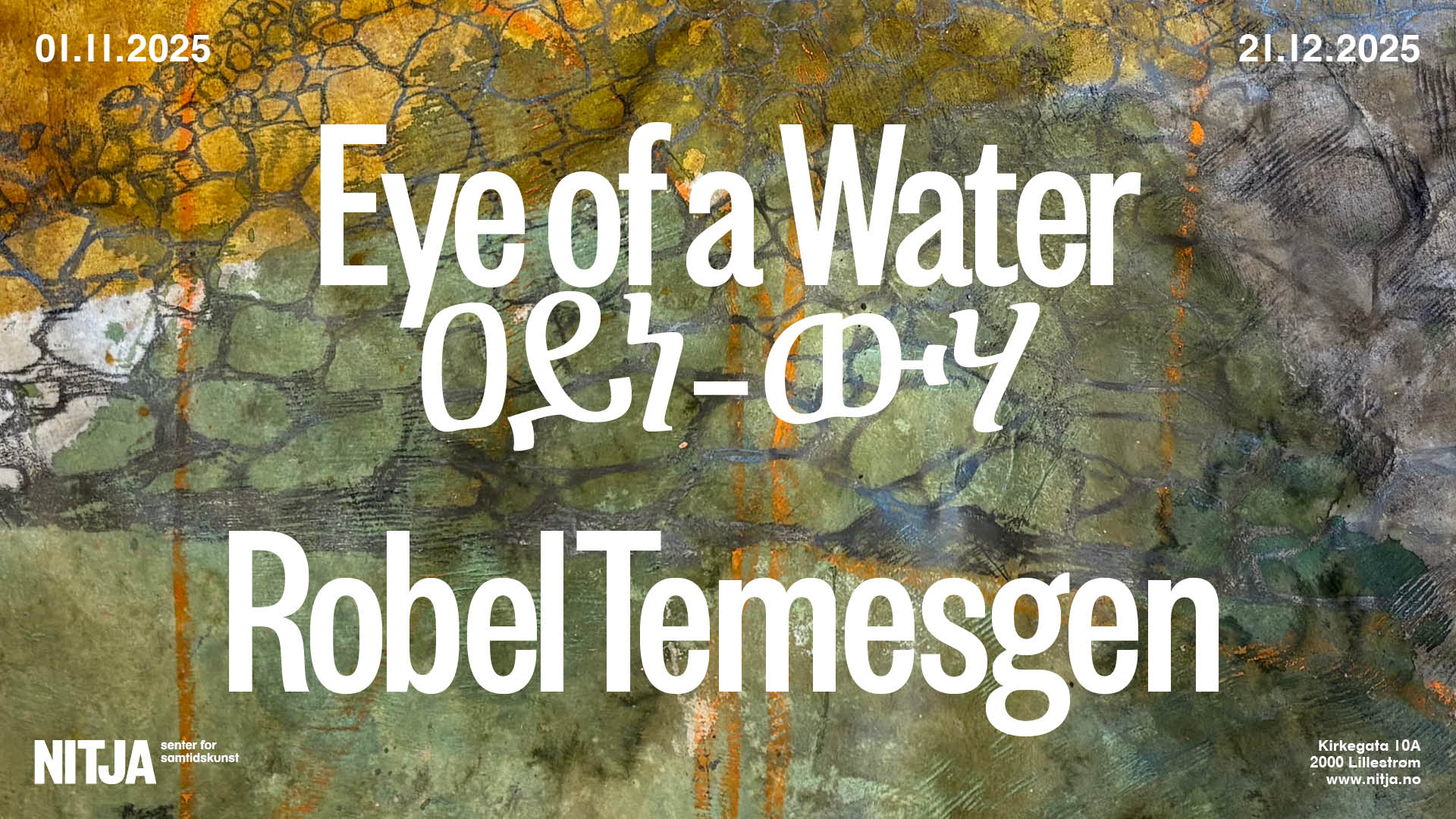
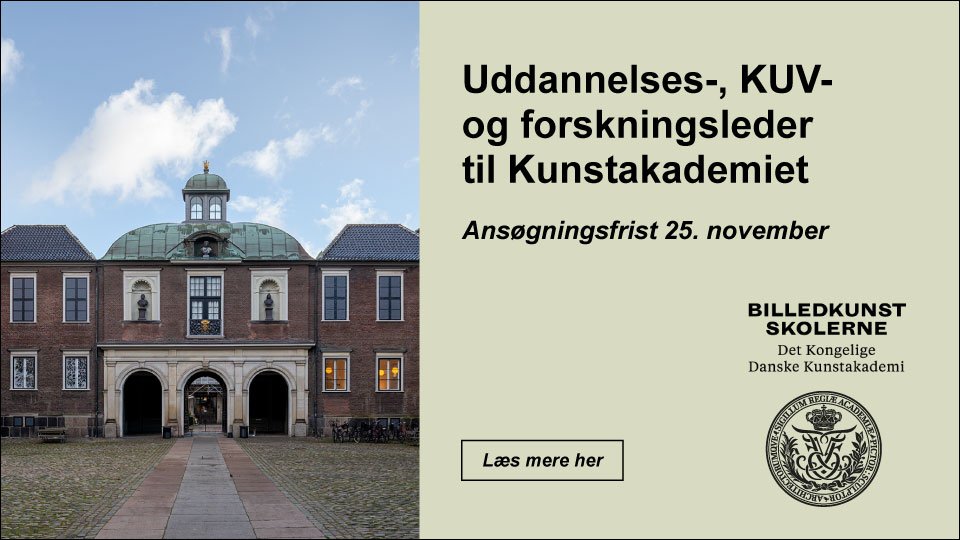
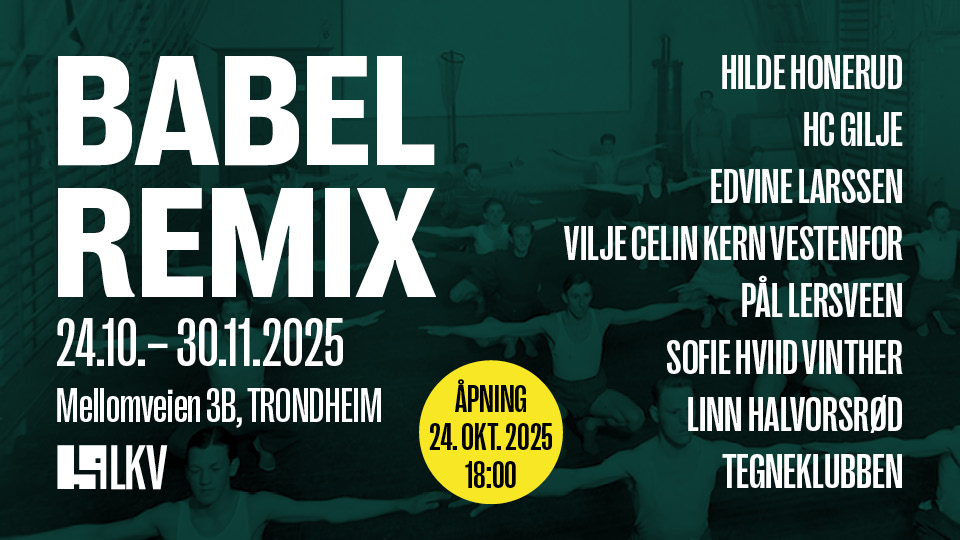
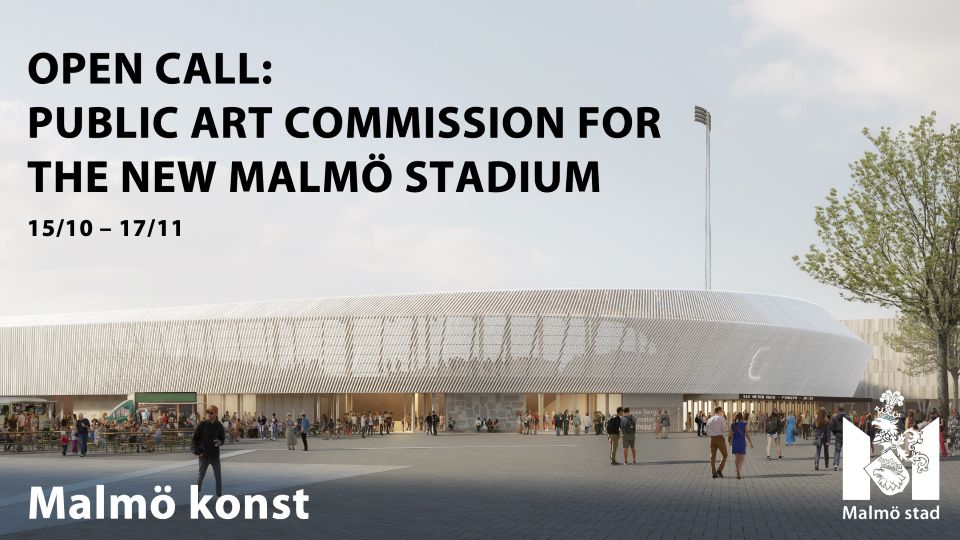
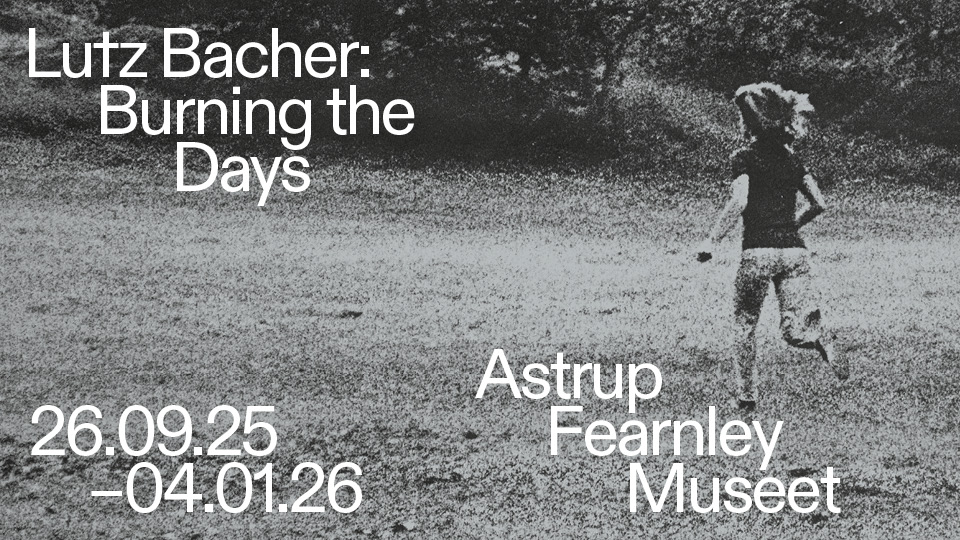
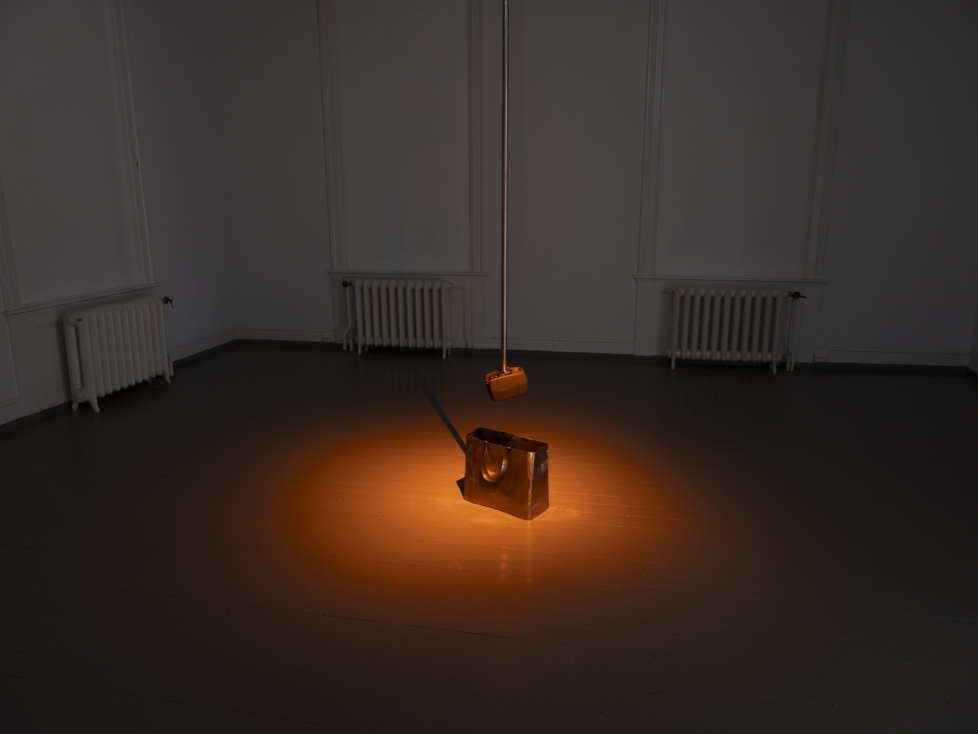
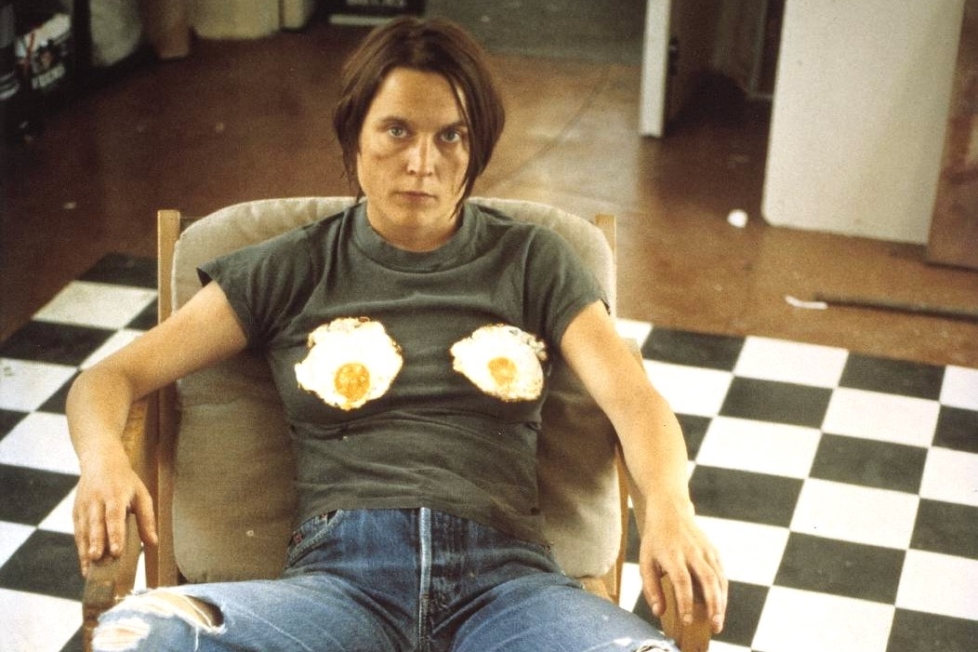
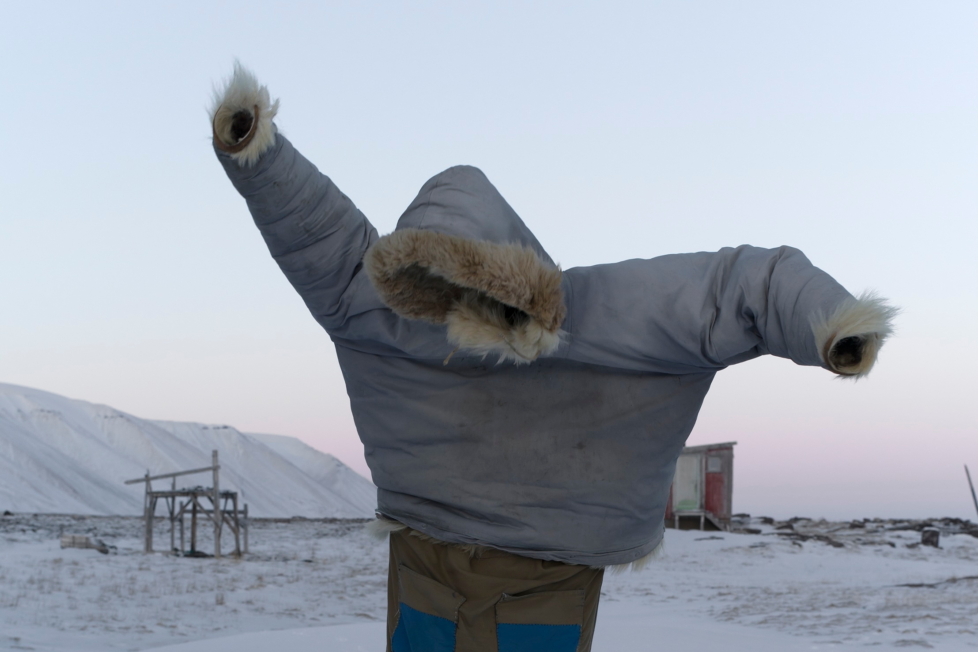
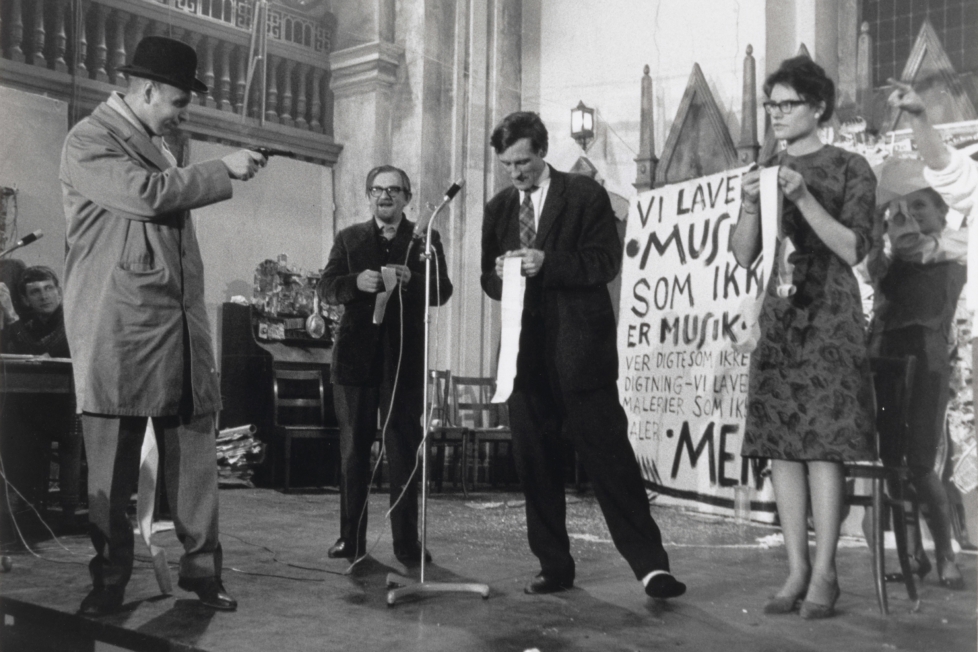
Diskussion